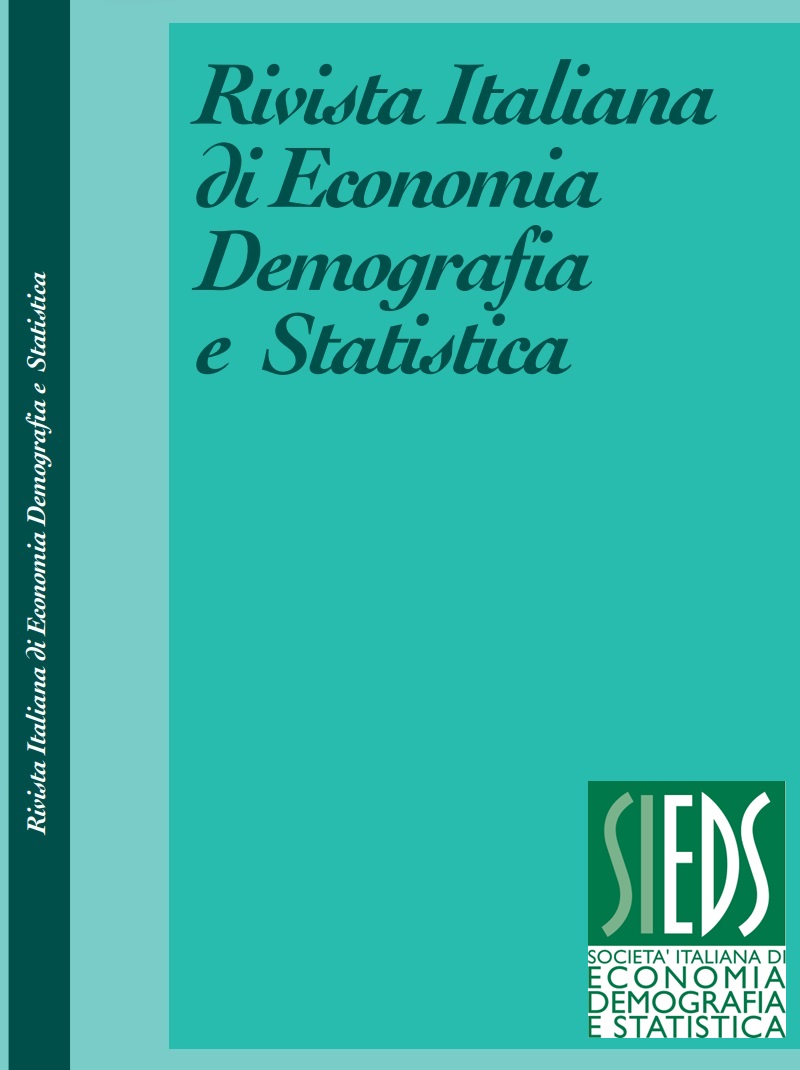Remote working and new forms of work: evidence from INAPP-PLUS
DOI:
https://doi.org/10.71014/sieds.v77i4.214Abstract
When the pandemic hit in the spring of 2020, many private companies and public administrations had to resort to working-from-home (WFH) arrangements for their employees. While remote working was rather uncommon before the pandemic, this became the prevalent work arrangement for a large fraction of the working population. Aim of the analysis is to investigate the workers transition to teleworking evaluating the impact of demographic and jobs’ characteristics on the probability of having worked from home, partially or totally, during the second wave of the pandemic. The data used in this study are from the last Ninth Survey on Labour Participation and Unemployment (PLUS), thus a sample survey on the Italian labour market supply developed and administered by the National Institute for the Analysis of Public Policies (INAPP). Remote working experience is considered positive by 55% of workers and less than 10% believe it was negative. Fitting a logistic regression model, it is possible to estimate the different attitudes among workers more accurately. The probability to work from home is slightly higher for males, older workers, white-collar, high-skilled, well-educated, industrial and service sector employees. There is also a clear disadvantage for those who have a low-medium education level and for low-skilled workers. Moreover, many respondents would choose new ways of working such as from small village and from countryside/mountain.
Downloads
Published
Issue
Section
License
Copyright (c) 2023 Paolo Emilio Cardone

This work is licensed under a Creative Commons Attribution 4.0 International License.



